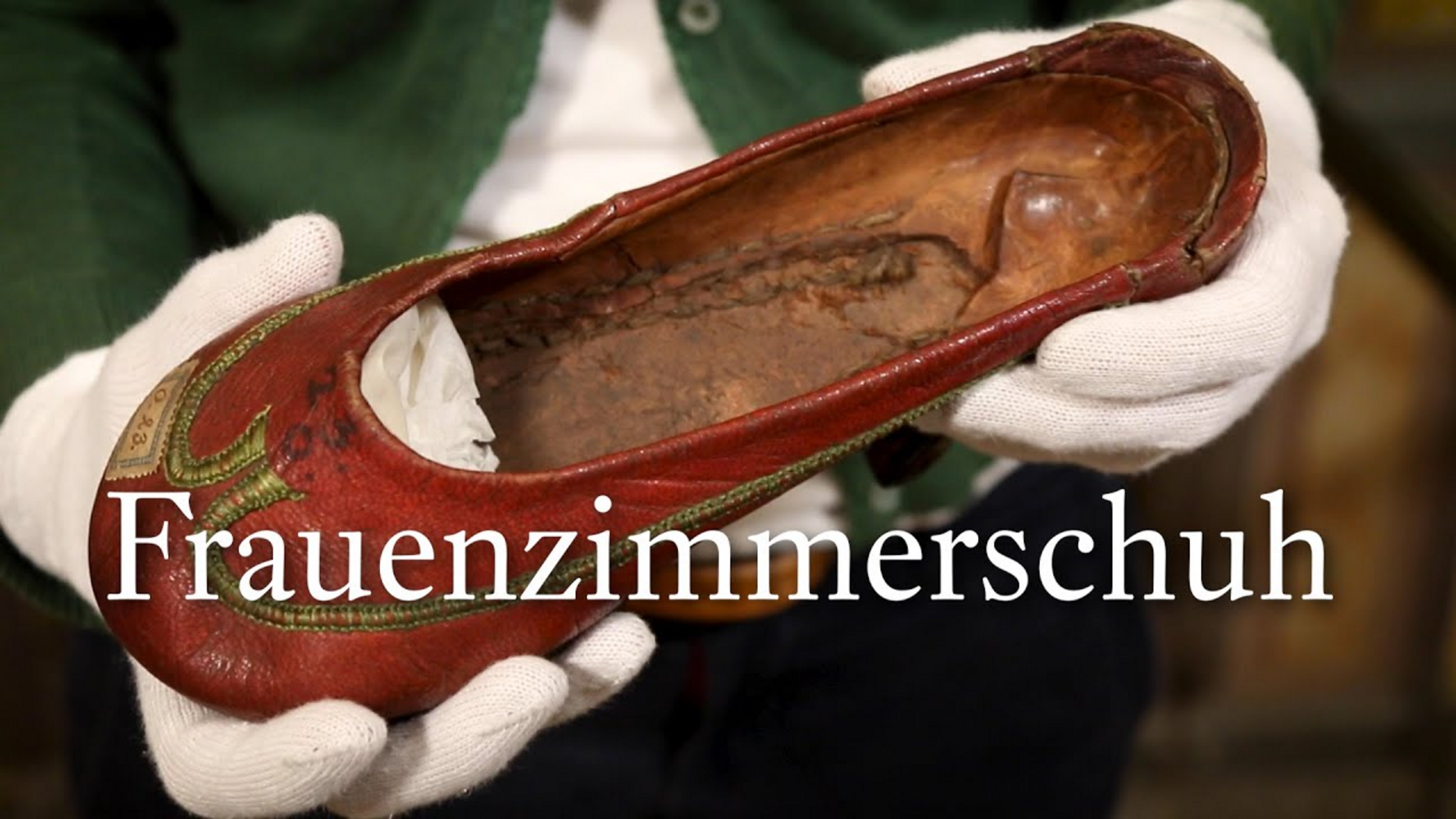Perspectives

Countless stories are associated with the thousands of objects in the »Wunderkammer«. Many of them tell stories from other cultures that we do not know. Each object could speak about the people who made, passed on, collected or exhibited it. It could tell us about its original function or how it functioned in public spaces, triggered emotions in contact with people or reminded us of something from the past. When looking at the objects in the collection, it quickly becomes clear that not all of these stories are known to us. And with every visit to the »Wunderkammer«, people add new associations to the object stories. These are initially invisible to others. In this chapter, we invite you to continue writing the history of the Wunderkammer with the thoughts of the visitors.
The potential of the Cabinet of Artefacts and Natural Curiosities is its 'semantic openness'. It offers the opportunity to make discoveries, to connect new interpretations to them and to use the legends behind the objects as starting points for further storytelling.
A separate sub-collection of man-made things is the cupboard with the »things that belong to clothing«. In addition to clothing of all kinds, there is also a large number of shoes from different regions of the world such as China, Indonesia, Russia, India, Lithuania, Turkey, Italy and Holland. Take a closer look at the leather shoe, which is listed in the catalog from the 18th century as a »Malabar shoe made of red leather«.
Many of the items on display in the cabinet with the order number XVII were worn by people. These may include favorite pieces, perhaps also very personal gifts, garments for official occasions, useful clothing or even protective clothing. Here, the objects in the Wunderkammer show their very personal side.
Photos of the collection of women's shoes were taken in the 1990s for cataloging purposes. The material, appearance, origin and dating are noted here. What is your story about the shoes?

How did the »old Moscowite women's room shoe[s]« end up in our collection? Watch the movie to see what the red shoe with the strikingly high heel could tell us. (in German)
In the »Stammtisch Sprache« German course at the Family Competence Center, we moved our exam preparation to the Wunderkammer. Each visit had a different theme. The participants discovered the museum for themselves step by step and added completely new stories to the objects (in German):

Dolls are material objects that carry biographical and emotional information for the viewer in addition to information about the object - e.g. material, clothing, origin, etc.. They make visible the space that the objects of the Wunderkammer can open up and in which, for example, memory, emotion and identity are located. Ina introduces the Ukrainian traditional costume doll Motanka. It binds cultural memory to a concrete object: the doll can be a carrier of personal memories (because the mother or grandmother made it) and it has functioned for generations as a protective amulet and symbol of family, fertility and prosperity.
Gottfried August Gründler not only marbled the cabinets of the cabinet of curiosities and thus marked them as very valuable, he also decorated them with bright paintings. The respective crowning motifs are a guide to the order in the Wunderkammer. They show which groups of objects can be found in the collection cabinets. The stories they tell raise questions. Above the cabinet for the animals, for example, the smiling leopard in the crowning motif catches the eye. The fact that a leopard is dangerous was also known in Europe in the 18th century. Why did Gründler make the wild animal smile?
This tiger cat is so wild and vicious that it jumps into the faces of wild animals that it can overpower, scratches out their eyes with its long and sharp claws, tears their skin and sucks their blood.

Ruth Catherine from Bangalore in India shares her interpretation of the animal cupboard with us. She has taken a close look at the leopard, snakes, lizards and butterflies. She knows the predator herself as very dangerous. For example, when travelling by car from Bangalore to Coimbatore through the jungle, she is not allowed to stop or leave the car because of the animals. Follow the plus signs in the picture and get to know her story.
If we follow the idea from Chapter 1 that the Wunderkammer is, among other things, a place for teaching God and marketing for the Halle orphanage, the crowning motif reveals another story: In Christian iconography, plants, animals and also colors traditionally stand for certain people or events in the Bible and in the religious life of every believer. The bat, which flies but is not a bird, stands for false teachings, the snake for temptation, the moth, which strives towards the light and dies there, for sin and desire. The leopard, one of the most powerful animals, has conquered this world for the good of mankind. Above him flies the butterfly, whose metamorphosis stands for resurrection and eternal life. This or something similar could be the artist's story for the crowning motif.